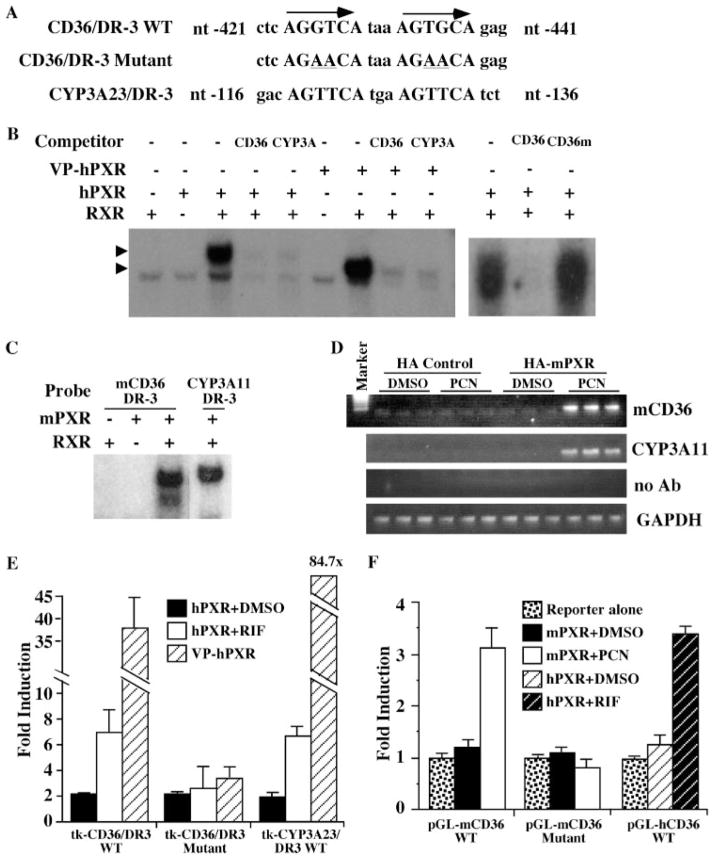FIGURE 5. Cd36 is a direct transcriptional target of PXR.
A, the partial DNA sequences of the mouse Cd36 gene promoter. The DR-3 element is capitalized and labeled. The mutant variant is shown with the mutated nucleotides (nt) underlined. B, hPXR/RXR or VP-hPXR/RXR heterodimers bound to mCd36/DR-3 as revealed by EMSA. Arrows indicate specific shift bands. C, binding of the mPXR/RXR heterodimers to mCd36/DR-3 as revealed by EMSA. The Cyp3a11/DR-3 binding was included as the positive control. D, ChIP analysis to show the recruitment of mPXR onto the mCD36 promoter. HA-tagged mPXR or the HA vector control was used to transfect wild type mouse livers by a hydrodynamic gene delivery method. Mice were treated with Me2SO (DMSO) or PCN for 8 h before sacrificing. ChIP assay was performed with the use of an anti-HA antibody (Ab). Each lane represents one mouse. E, hPXR and VP-hPXR activate the synthetic thymidine kinase (tk) report containing the wild type but not the mutant mCd36/DR-3 element in transient transfections and luciferase reporter gene assays. The averages of the reporter alone transfections were arbitrarily set as 1 (data not shown). F, mPXR activates the natural mCd36 promoter (−2116 bp to +53 bp), and hPXR activates the hCD36 promoter (−1961 bp to +57 bp) reporter genes in a ligand-dependent manner. Results shown in E and F are fold induction over the reporter alone transfections (set as 1) and represent the averages and S.E. from triplicate assays. The concentration of ligand is 10 μM.

